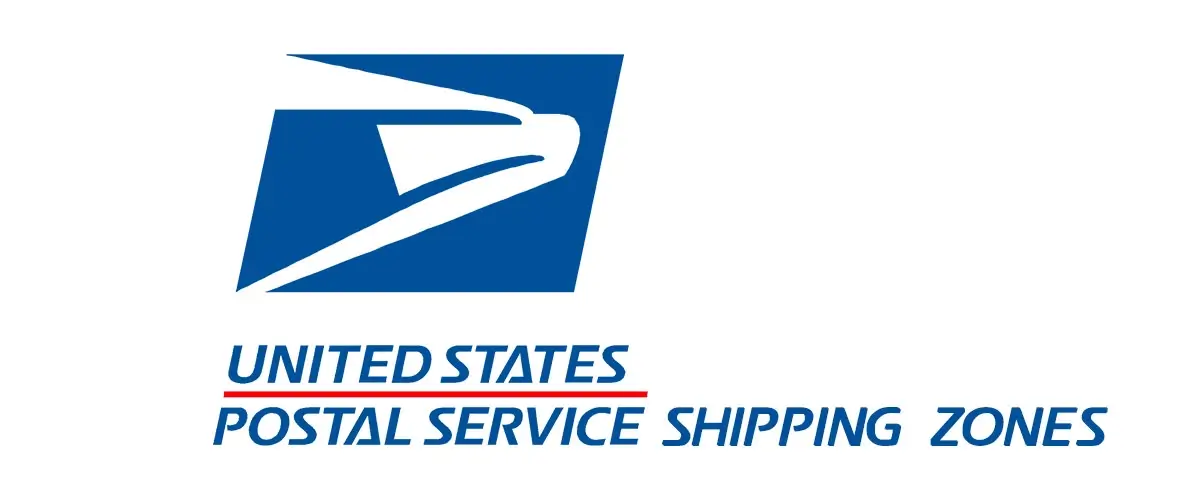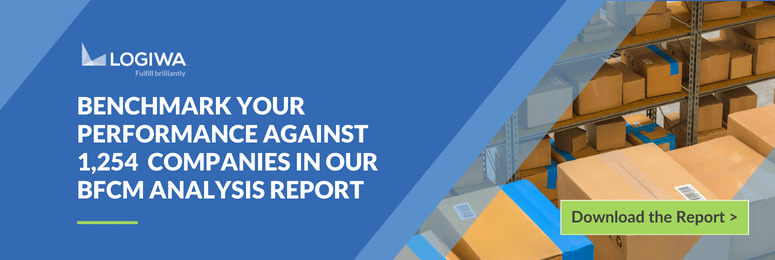USPS Shipping Zones
USPS has a unique understanding of shipping zones. USPS zones are defined based on the distance a package has to travel from its original point. As a result, a lot of confusion occurs when defining various USPS shipping zones, and the most common question asked of all is “What USPS zone am I in?” These zones do not imply the area’s physical location, relatively point to the distance the package is bound to travel. Here is everything you need to know about different USPS zones and how these shipping zones affect your shipping costs as a business owner.
Contents
The Definition & Importance of Shipping Zones
Shipping zones span from Zone 1 to Zone 8 for domestic logistics in the US and are the geographical areas that carriers such as USPS ship. UPSP uses these shipping zones to measure the distance a package has to travel. This measurement is conducted to classify zip codes rather than miles, beginning at the origin and ending at the destined location. Zone 1 is always considered the location from which the order is shipped and is determined as the origin, while the destination is the address the package is being shipped. While Zone 8 is considered the farthest away, the zone number a package receives will depend on how far it has to travel from the origin to the destination. Now let’s take a closer look at the USPS shipping zones and what they entail.
What are the USPS Shipping Zones?
Three main factors are at stake when determining USPS shipping rates: which USPS service you choose to use, how far your recipient is, and the size of your package. While the USPS zone chart is calculated using zip codes, the calculations vary based on the distance between the origin point of the shipment up to its destination. Roughly, a USPS zone chart will look like this:
- Zone 1: 1-50 miles
- Zone 1: 1-50 miles
- Zone 2: 51-150 miles
- Zone 3: 151-300 miles
- Zone 4: 301-600 miles
- Zone 5: 601-1000 miles
- Zone 6: 1001-1400 miles
- Zone 7: 1401-1800 miles
- Zone 8: 1801 miles or further
- Zone 9: Other US territories such as Guam and Palau.
It is important to note that the shipping fee you are subjected to depends on the service you choose, the size and weight of your package, and the distance it travels in general. The higher the zone, usually the more costly the shipping fee will be.
You may also like: Here’s a closer look at the strengths and weaknesses of USPS and DHL shipping services for ecommerce and 3PL companies
About USPS Postal Zones
Under traditional circumstances, USPS used to set its shipping rates based solely on the weight of the package. While packages under 1lb used First Class Mail Package, packages over this number were subject to Parcel Select Ground. Faster delivery options such as Priority Mail and Priority Mail Express forced USPS to use a method called “Zone Based Shipping,” The rates are based on both the weight and the distance traveled. USPS postal zones pricing has been applied to all standard package classes in January 2019 and has been used ever since. The 9 USPS zones you see on the USPS zone map above consist of eight in the Continental United States and one for outlying zones.
Zone-Based USPS Services
Now that we have answered the question “What are the USPS zones,” it is time to take a look at a variety of zone-based USPS services and what these services factor into when coming up with the ultimate pricing:
- Priority Mail: Priority Mail USPS rate tables can help you determine the shipping costs between zones.
- Priority Mail Express: Priority Express Mail USPS rate tables can help you determine the shipping costs between zones.
- Priority Mail Regional Rate: This is a zone-specific service that uses various packages to save you time and money. You can find the USPS regional rate zones here.
- First-Class Mail Package Service: This type of service is available only for packages that weigh less than 1 lb.
USPS Services Exempt from Zones
In addition to these standardized shipment zones and costs, a few USPS domestic services are exempt from the zone-based pricing concept. The most well-known USPS service exempt from the zoning system is Flat Rate. Flat Rate package services are only available for packages up to 70lb. You can find out more about flat rate, its meaning, and its advantages on Logiwa blog pages.
How Do Shipping Zones Affect Shipping Costs?
Now that we have the various USPS zones explained, it is time to learn what kind of an effect USPS zones and zone-based shipping rates have on your business. While shipping carriers such as USPS use these zones to calculate the rates for certain services, various services such as flat rates, as mentioned above, let you pay the same amount of money for each shipping regardless of its destination and travel distance. Here, an essential element is to weigh out all of the possible outcomes and scenarios to develop a profitability plan that clearly states which type of delivery method is financially better for your company. While some companies choose to comply with the standardized shipping costs, the USPS zones decide to sign up for the Flat Rate service and pay a fixed price for each delivery.
How Can I Calculate Shipping Zones & Costs?
So how are USPS zones calculated? It is has a somewhat simple formula that is easy to understand. The USPS zones are calculated dynamically and are based on where the package is shipped. It could also entail that two various origin points shipping to the exact location can be shipped to entirely different zones at the end of the day. For example, suppose you are shipping from LA, California to St. Louis, Missouri. It means you are shipping to Zone 7. However, shipping from Dallas, Texas to the same location, St. Louis, Missouri, means that you are shipping to, in fact, Zone 4, not 7.
Effectively using USPS zones and mastering the zone shipping method can help you keep overall fulfillment and logistics costs at a minimum. Understanding zone shipping gives you a much-needed advantage in adjusting your ecommerce fulfillment strategies and meeting your customer expectations better. Not only effective use of USPS zones helps you reduce your shipping costs, but it can also assist you in generating more sales, improve your bottom line, and enhance your overall efficiency by reducing the time and distance your packages spend in transit.
Frequently Asked Questions About USPS Zones
How does order weight affect my shipping cost by zone?
Different shipping rates may depend on order weight and size, the carrier used, the service preferred, and the origin and destination of the package. All businesses are now affected by distance with the January 2019 change to zone-based shipment pricing. In addition, the heavier the delivery is, the more drastically will the shipment price increase.
How do ecommerce companies afford to offer free shipping under these circumstances?
They either bake the cost of shipping into the product price directly, choose to require a minimum amount to be spent to access free shipping or reduce the number of zones they ship.
Do shipping zones affect delivery speed?
Any package sent to a Zone 1 or Zone 2 is bound to reach its destination faster than a package sent to a higher zone. Slow shipping can cost you a lot more than just shipment costs, negatively impacting your loyal customer base, which is why it is crucial to minimize the time your packages spend in transit.
Can 3PL software help me automate my fulfillment operations and optimize my shipping zones?
With a high-tech 3PL company by your side, you can improve your fulfillment management drastically by gathering a geographic footprint that most e-com businesses cannot afford on their own. Furthermore, the software can help you automate your fulfillment process with the help of powerful algorithms, routing each delivery to the optimal fulfillment center, therefore the optimal shipping zone.
Related Terms
The flat rate is covered in full depth here in Logiwa Blog. Learn more about flat rate shipping and its benefits for your business.
Ground shipping may not be as common as it once was, but it still serves as a primary means of moving product. Read about the risks and rewards in this article from Logiwa.
The final hurdle in successful order fulfillment is the domain of the Last Mile Carrier. This article from Logiwa will shed light on this vital role in our supply chain.
Expedited shipping is fast becoming the expectation in online retail. This article from Logiwa provides a behind-the-scenes look at this new normal.
Want to understand the ins and outs of shipping insurance? This article from Logiwa is a great place to start.
Fast shipping and overnight shipping delivery strategy unknowns are unveiled in this post. Learn more about overnight delivery processes to boost your business!
Automated ecommerce shipping software pre-integrated with your carriers
Warehouse Management
Modern digital WMS powers a modern fulfillment experience






